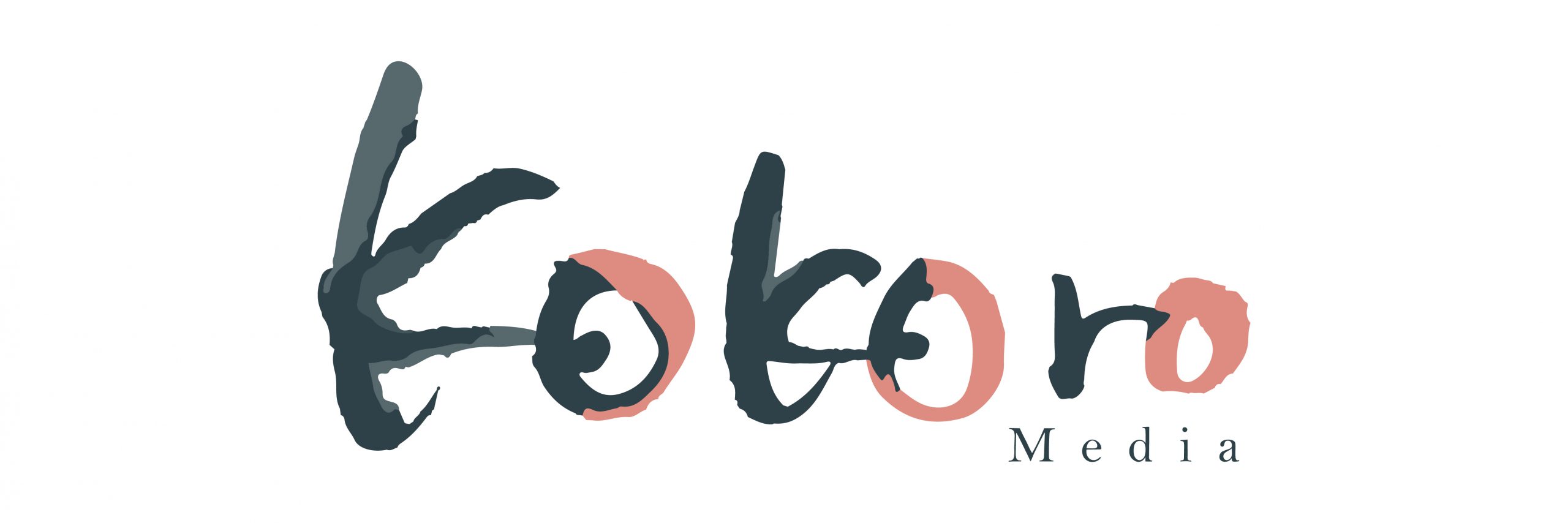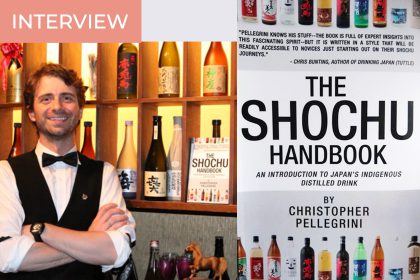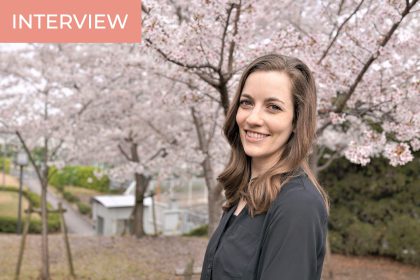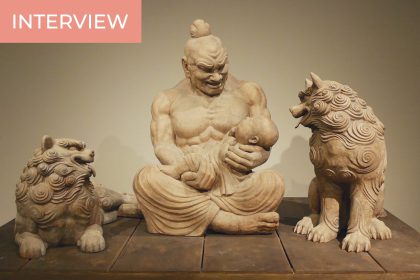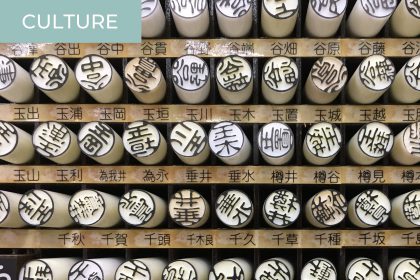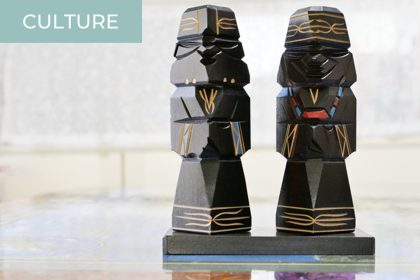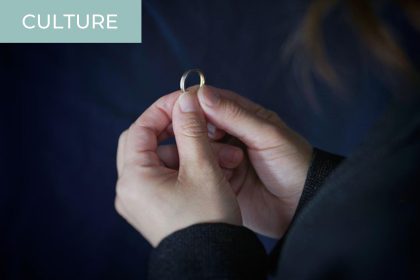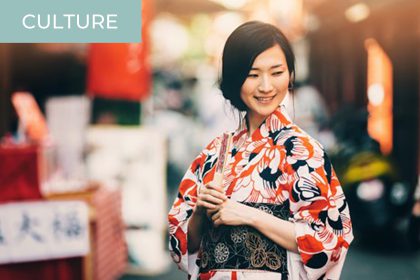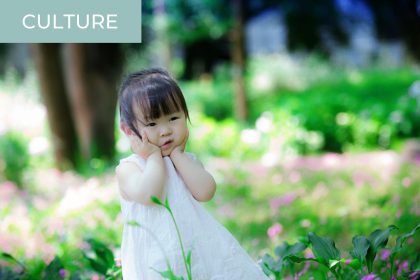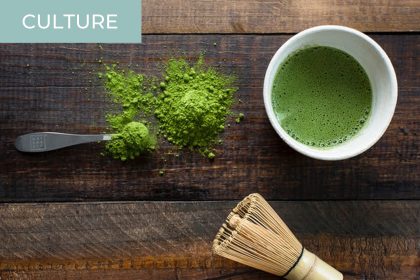This article is particularly exciting for me because I had the opportunity to chat with one of the world’s leading authorities on shochu, Chris Pellegrini. A Japanese spirit evangelist, Chris is passionate about spreading the gospel of shochu and awamori. He made a convert out of me! From talking shochu 101, to clearing up the…
Michele Fujii: How to Learn Japanese Literature, Language, and History
Literature, language, and history are intertwined. Studying one without exploring the others is like sailing without a rudder. The longer I live in Japan and study Japanese, the greater my curiosity about Japanese history and literature has grown. However, making the transition from textbook learning to native-level literature is intimidating. With greater access than ever…
Top 5 Sustainable Hotels and Lodgings Throughout Japan
The concept of sustainability is having a remarkable renaissance in Japan. Visitors and locals alike are increasingly interested in ecotourism, agrotourism, and promoting traditional Japanese culture. Here are five recommendations for sustainable stays beyond Tokyo and other major urban areas with uniquely Japanese twists. Enjoy yourself and also help the community by lodging here! Stay…
Momoka Miyoshi’s Modern Take on Buddhist Statues
Momoka Miyoshi is a young sculptor who made a sensation on social media thanks to her graduation art project, Day Off. The statue shows a Nio guardian–a Buddhist figure that usually stands at the entrance of temples with an angry face–on its day off. The statue’s gentle expression as it is holding a baby provoked…
Japanese Family Names and Their Meaning
Some time ago, we introduced the most popular Japanese first names and their meaning. But what about Japanese family names? Read along for an introduction to the most common family names in Japan, and a history of how family names evolved over time. This article was kindly provided to Kokoro Media by our partner the German-Japanese…
Who Are the Ainu, and What’s Their Story?
Did you know that Japan has been a multi-ethnic country since its inception? If your response is “no,” you’re not alone. Apart from the Yamato (the dominant ethnic group in Japan, often just known as “the Japanese”), there are three other indigenous ethnic groups in Japan: the Ainu, the Bonin (also known as the Obeikei),…
Why Are Japanese Women Divorcing Their Dead Husbands?
It’s a simple, albeit controversial, concept: Irreversibly rocky marriages may end in divorce, and nowadays, more than ever before. However, in Japan, there is a growing trend of even happy couples ending their relationships–but only after one of them dies. What is this phenomenon of divorce after death, and what has caused its surge in…
A Quick Guide to Public Holidays in Japan (2022 Edition)
Despite the country’s reputation for long hours at the office, Japan has 16 annual public holidays—more than any other G8 nation. Whether you’re a new resident or an aspiring tourist, it’s important to know at least a little about Japan’s public holidays, as they can have a significant impact on your experience. For some holidays,…
Top Japanese Names in 2021: What Are New Parents Naming Their Children?
So much can go into picking the right name for a child. You may think of choosing a name inherited from a cherished family member or friend, a name that represents an admirable characteristic, or a name that simply sounds nice. In Japan, people consider these factors as well as the kanji used to represent…
Tea Varieties From Japan
In Japan, 99.9 percent of the tea produced is green. All the famous Japanese teas, such as sencha, gyokuro, and hōjicha, are green teas. So what is the difference between all the tea varieties from Japan? This article was kindly provided to Kokoro Media by our partner the German-Japanese Association in Munich (Deutsch-Japanische Gesellschaft (DJG) München), and was…
